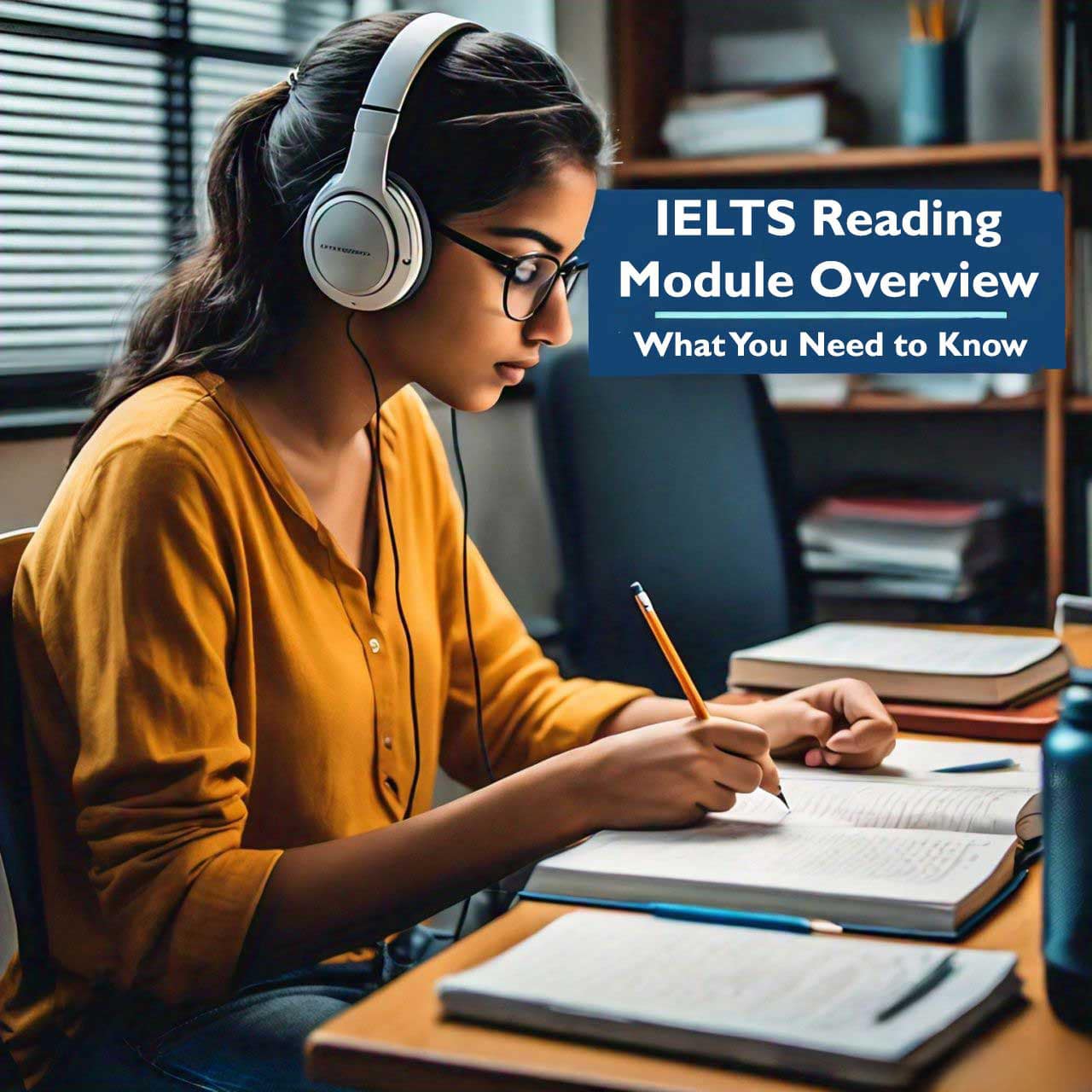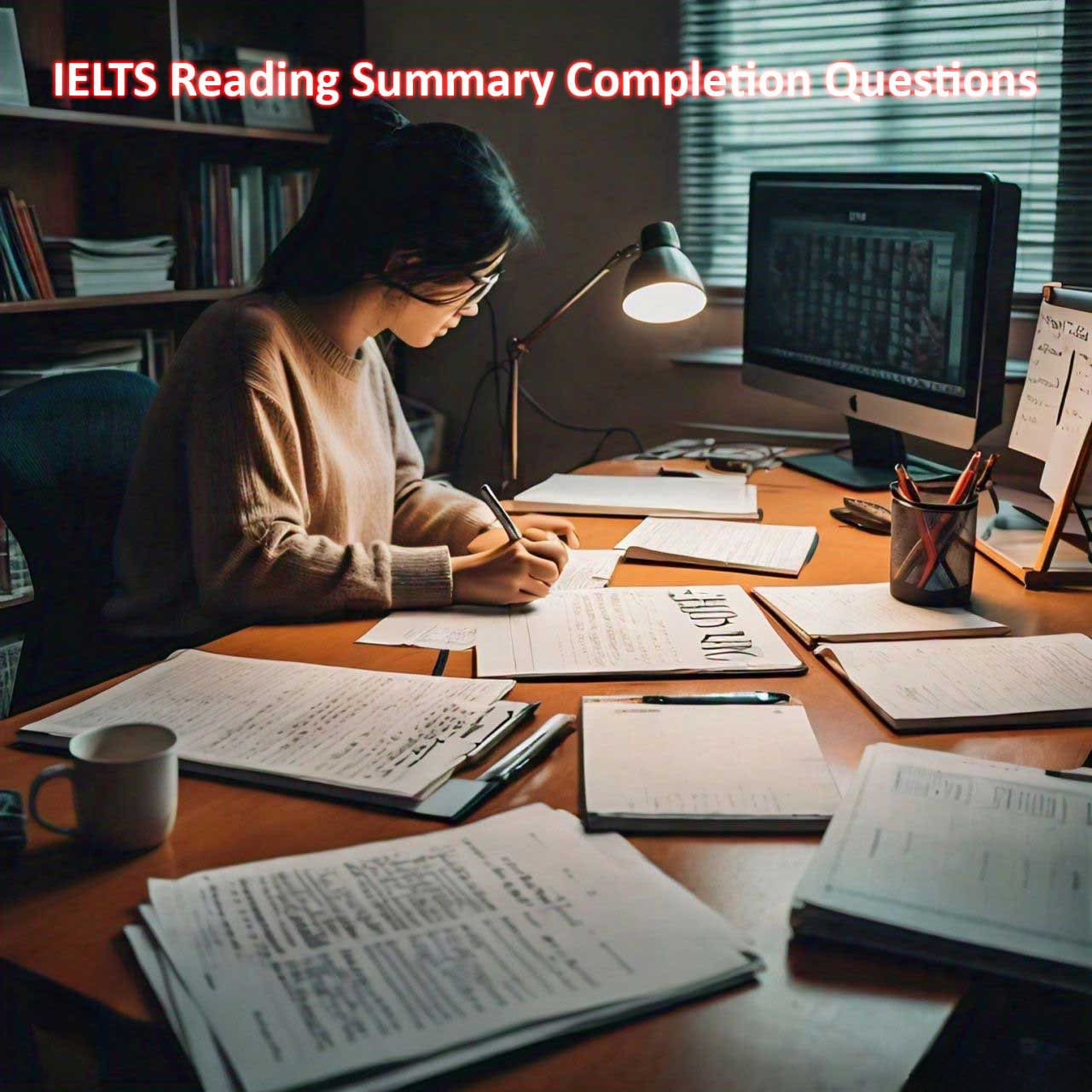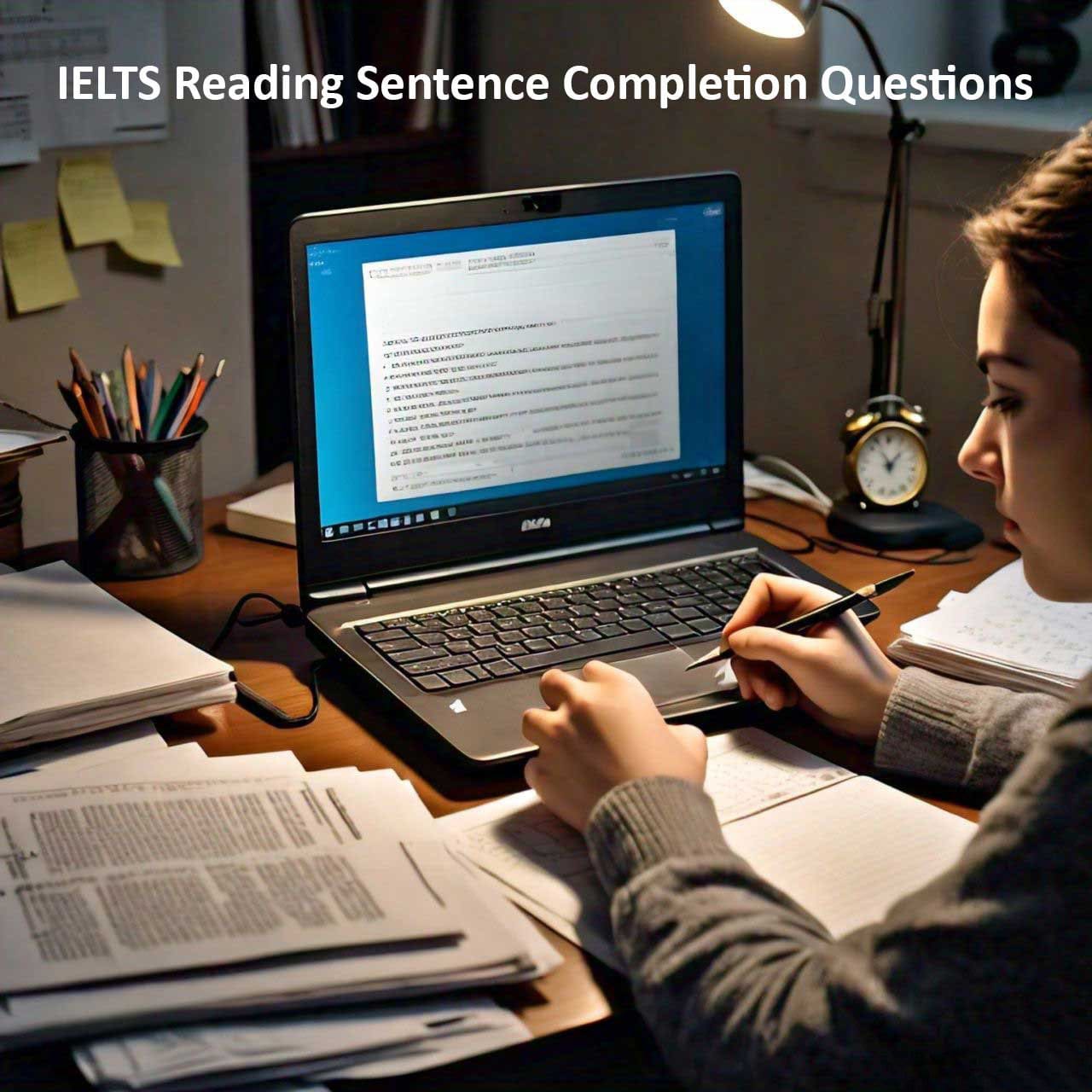The IELTS (International English Language Testing System) is a standardized test designed to assess the English language proficiency of non-native speakers. It is widely accepted by universities, employers, immigration authorities, and professional bodies worldwide. The IELTS test comprises four modules: Listening, Reading, Writing, and Speaking. This blog post will focus on the IELTS Reading module, providing an overview of its structure, types of questions, and tips to help you prepare effectively.
Table of Contents
Structure of the IELTS Reading Module
The IELTS Reading module differs slightly between the Academic and General Training versions, although the basic format remains the same. Both versions consist of 40 questions to be completed in 60 minutes, with texts that increase in difficulty as the test progresses.
Academic Reading
– Texts: The Academic Reading module includes three long texts sourced from books, journals, magazines, and newspapers. These texts are typically more complex and can include diagrams, graphs, or illustrations.
– Content: The topics are of general interest but are more suited to those entering undergraduate or postgraduate studies or seeking professional registration.
General Training Reading
– Texts: The General Training Reading module includes a variety of texts, including extracts from books, magazines, newspapers, notices, advertisements, company handbooks, and guidelines.
– Content: The texts are more practical and relevant to everyday life and work environments. The first two sections usually contain shorter texts, while the third section includes a longer and more detailed text.
Types of Questions
The IELTS Reading module features a variety of question types designed to test a wide range of reading skills, including understanding main ideas, details, inferences, and implied meanings.
1. Multiple Choice: Requires selecting the correct answer from four options.
2. Identifying Information: Determines whether statements are true, false, or not given based on the text.
3. Identifying Writer’s Views/Claims: Identifies whether the statements reflect the writer’s views or claims.
4. Matching Information: Matches information to paragraphs or sections of the text.
5. Matching Headings: Matches headings to paragraphs or sections of the text.
6. Matching Features: Matches features (e.g., names, dates) to list items within the text.
7. Matching Sentence Endings: Completes sentences using a list of possible endings.
8. Sentence Completion: Completes sentences with words from the text.
9. Summary, Note, Table, Flow-Chart Completion: Completes summaries, notes, tables, or flow-charts with words from the text.
10. Diagram Label Completion: Labels diagrams based on text information.
11. Short-Answer Questions: Answers questions using words from the text.
Tips for Preparing for the IELTS Reading Module
1. Improve Your Reading Speed: Practice reading quickly and efficiently without sacrificing comprehension. Time yourself while reading various texts to get accustomed to the test’s pace.
2. Expand Your Vocabulary: A broad vocabulary will help you understand the texts and answer questions more effectively. Read a wide range of materials to expose yourself to different words and phrases.
3. Practice Skimming and Scanning: Skimming involves quickly reading a text to get the gist, while scanning involves looking for specific information. Both techniques are essential for managing time during the test.
4. Familiarize Yourself with Question Types: Practice each type of question to understand what is required and develop strategies for tackling them.
5. Take Practice Tests: Regular practice tests will help you get used to the test format and timing. Analyze your mistakes to identify areas for improvement.
6. Read Instructions Carefully: Always read the instructions thoroughly to avoid careless mistakes. Pay attention to word limits for short-answer questions.
7. Stay Calm and Focused: Maintain your composure during the test to ensure you can think clearly and perform your best.
Conclusion
The IELTS Reading module can be challenging, but with the right preparation and strategies, you can improve your performance. Understanding the structure, familiarizing yourself with different question types, and practicing regularly will give you the confidence and skills needed to succeed. Remember, consistent effort and a proactive approach to learning will make a significant difference in your IELTS Reading score. Good luck!



